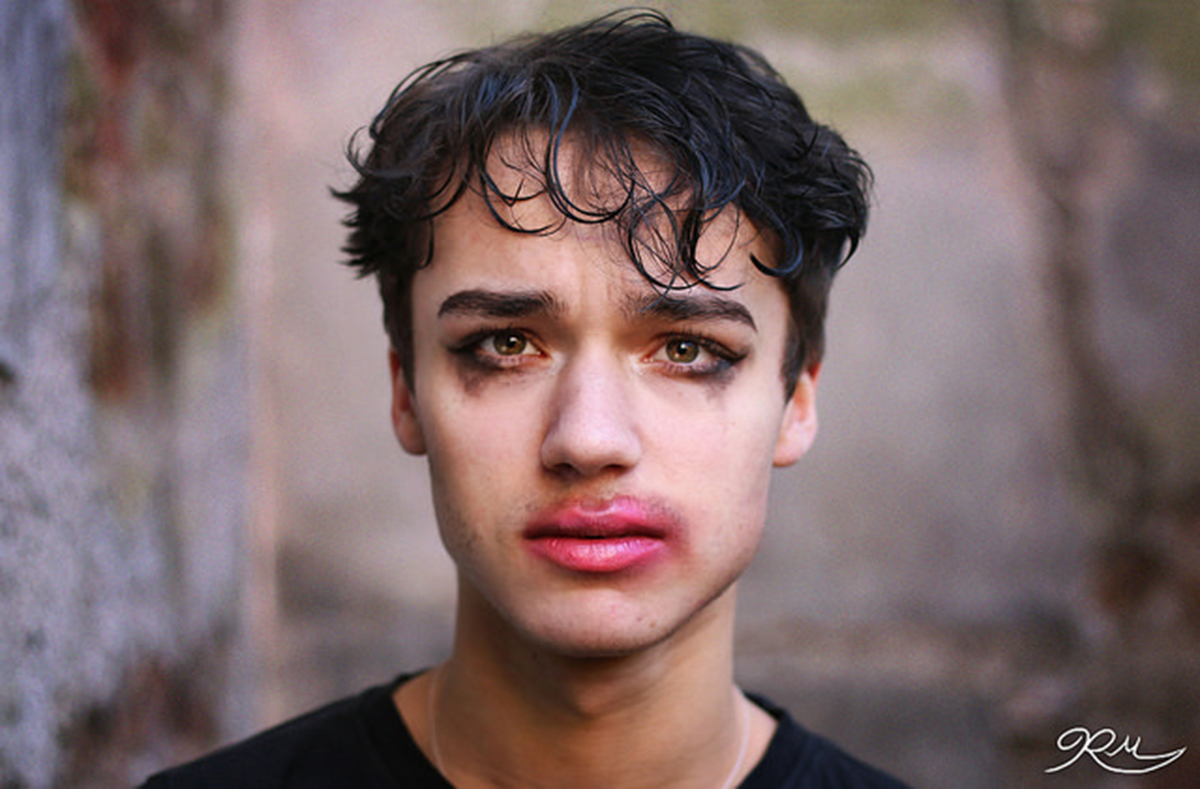Table of Contents
Gender identity is part of our sense of self — our idea of who we are. It’s not dictated by biological sex and it’s not necessarily binary either. It’s important to note that it’s not always going to align with society’s expectations of gender too. We’re all quite familiar with the way expectations of women have changed over the last couple of hundred years. A woman who is now regarded as perfectly ordinary would have been regarded as a mannish freak in the past for wearing trousers, earning her own money at a managerial or construction job, arguing with her husband, playing judo and drinking in public.

Because children think in a less sophisticated way than adults they can be quite rigid when it comes to categorization. They also don’t understand consequences so well and can be more self-directed, including in the matter of being unkind to others. As a result, children who don’t act the way contemporary society thinks they should can be cruelly bullied. It’s important for parents to understand and emphasize that it’s the bullying, not their child, that’s the problem!
Childhood gender identity can be as varied and even as complex as adult gender identity. It’s complicated by the fact that children change very rapidly. For instance, a boy who shows a marked preference for dressing in girls’ clothes at the age of three might have no idea that his behavior would be considered unusual for someone of his gender. It doesn’t mean he’s really a girl, or that he’ll grow up to be gay, or a cross-dresser.
READ Myths About Transgender Identities
The same behavior in a boy of fourteen is likely to have different implications, but it’s important not to jump to conclusions: not everyone who doesn’t conform to the expectations of their gender is transgender. Many will grow out of the phase they’re in, as they have so many others and will so many more. Others will go on to non-gender conformity in adulthood, but remain cisgender (someone whose gender identity matches their biological sex). Some are transgender, but there’s no behavior that can be used to diagnose this.
Boys who insist on being called by a girl’s name, referred to with female pronouns (she, her) and growing their hair and being allowed to play with girls rather than boys can behave like this for years; in an adult that would be regarded as a strong sign they were transgender. In a child it really might be a phase, and it’s more common in boys who grow up to be gay.
Ask the child how they’d like to be referred to, but remember that some children insist on being called by the names of cartoon characters, superheroes, historical figures or imaginary beings. That doesn’t mean your child isn’t who they say they are, but it does mean they might not be.
Don’t push a child for a final answer: they can’t give you one, it’s one of the things that makes them a child. And don’t push one on them. Ultimately, letting a child find their own way to their own authentic sense of self is a parent’s job, and their only real choice anyway.
Have I hit the nail on the head? Missed the point? If you've got a bone to pick or something to add, get in touch in the comments section below.
- Photo courtesy of Liz Henry: www.flickr.com/photos/lizhenry/204197241/
- Photo courtesy of Rose Morelli https://www.flickr.com/photos/rosemorelli/16256074718/


Your thoughts on this